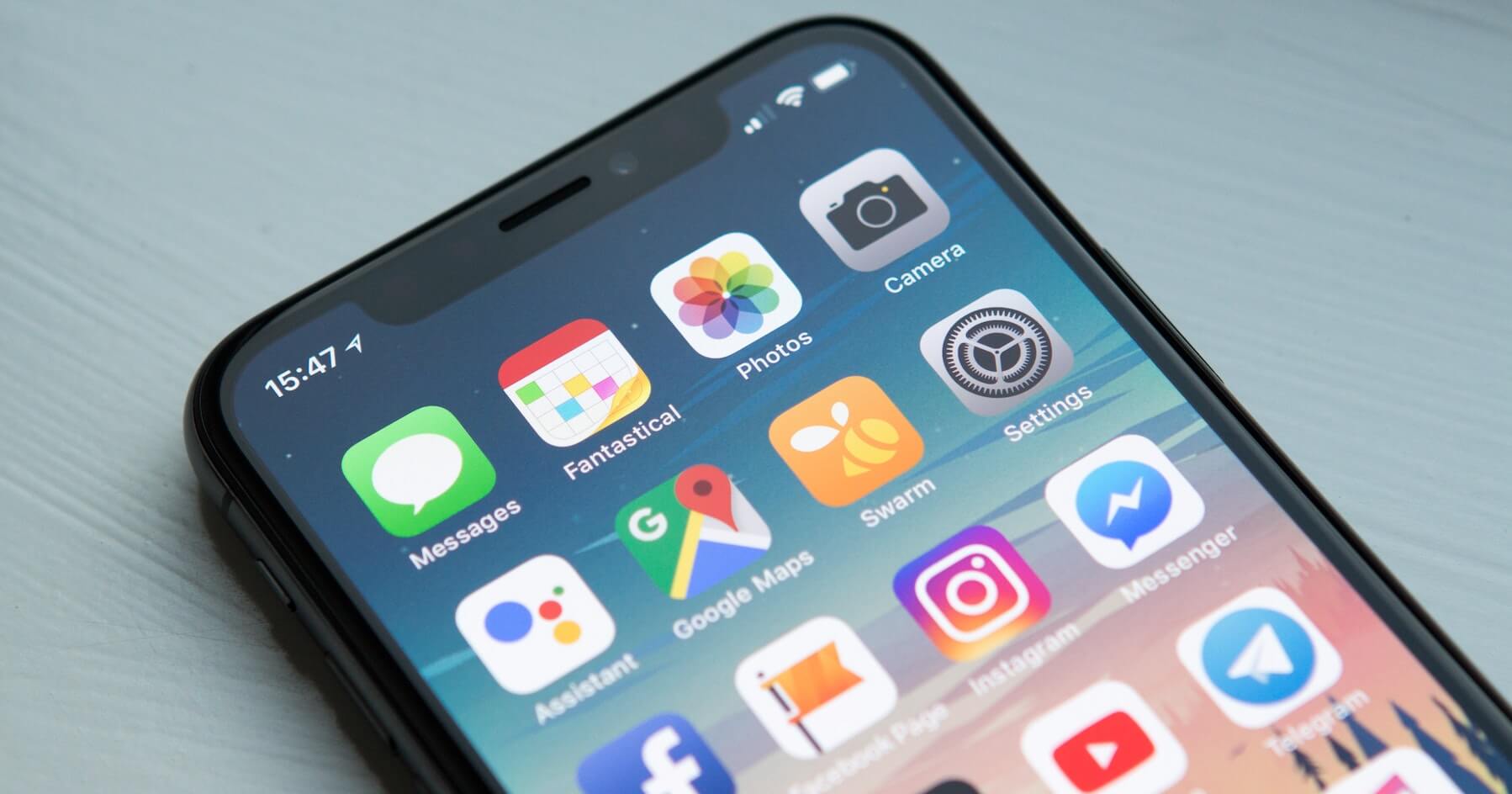One study found that it took an average of 18 weeks to develop a mobile app MVP. Most of these tended to be fairly complex apps.
Sometimes, you only need something “for show” – all of the features, security, documentation, etc. don’t need to be completed. You just need some “eye candy” to get into a prestigious incubator or show an angel investor. With US-based incubators and accelerators with 6-8 week programs, an MVP version of your product is all that you should need for Pitch Day.
In these cases, it’s fairly safe to plan on it taking half as long as the launch version. It will probably have bugs, lack documents, and some support elements or features will be implemented only as placeholders. For a simple app, 3-4 weeks should be sufficient; but a complex app will probably still need 5-6 months.
A faster version is also possible – wherein developers will pull components from different open source projects and piece it all together to still look decent. In such cases, you could probably cut the time for a true MVP version in half. At the same time, the vast majority of the code will need to be reworked. Ultimately, this approach increases both development time and costs.
